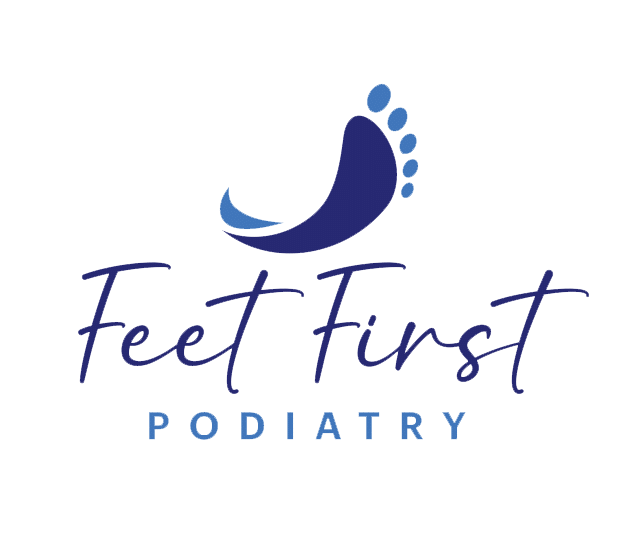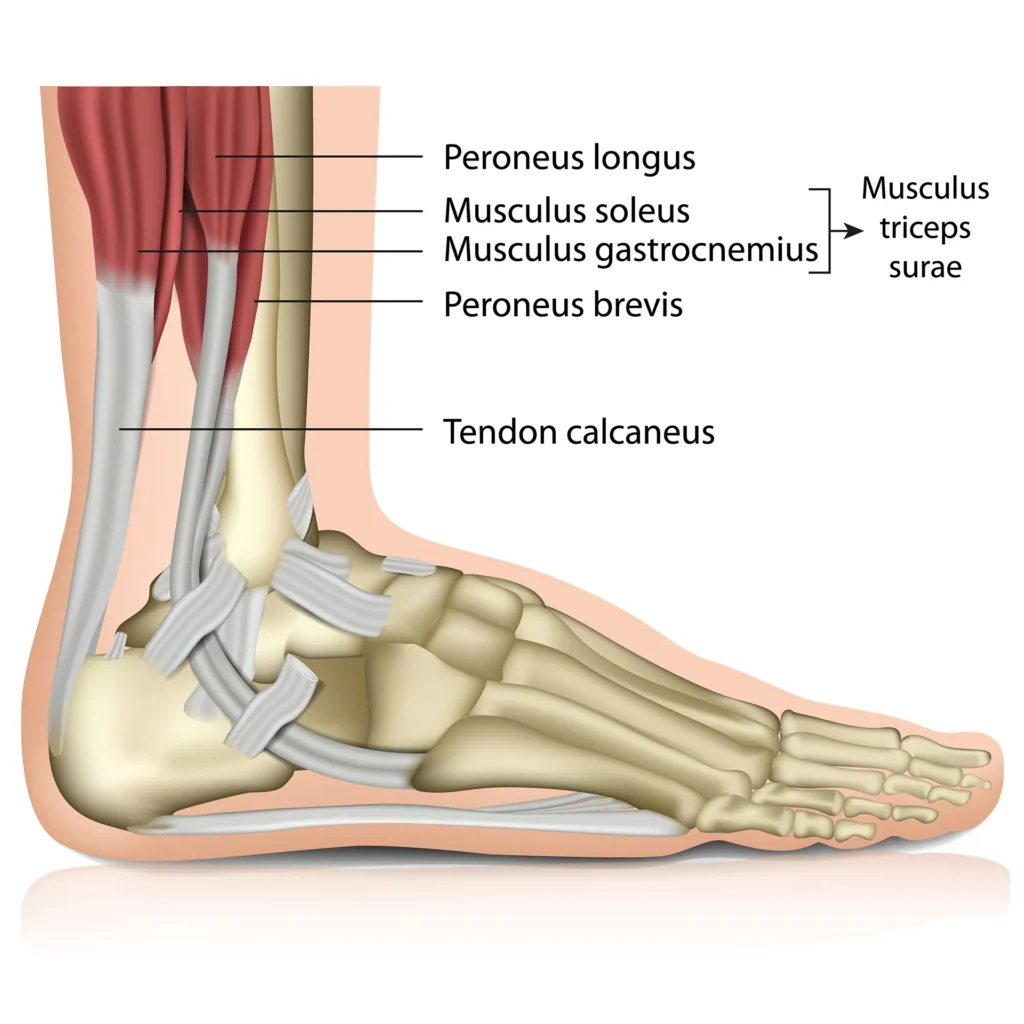Peroneal Brevis and Longus muscles work together to provide stability around the ankle joint, move your foot sideways towards the little toe (eversion) and help the calf muscle with plantarflexion (pointing your toes downwards). The peroneus Longus also supports the arch of the foot which helps maintain balance.
The muscles originate from the fibula and course down the outside of the leg becoming Peroneus Longus and Brevis tendons. Peroneus Brevis inserts at the base of the fifth metatarsal known as the styloid process (the little boney part along the outside of your foot). Peroneus Longus inserts into the first metatarsal and the medial cuneiform.
Peroneus Longus muscle can easily be seen contracting if you evert your foot (rotate outwards).
Peroneal Longus and Brevis tendons lie in a small groove behind the fibula, they are held in place by a fibrous band known as retinaculum.
Conditions associated with Peroneal Longus and Brevis:
- Peroneal tendinopathy.
- Peroneal tendon dislocation/subluxation.
- Peroneal tendon tears.
- Ankle instability – caused by the weakening of peroneal muscles – reduces the ability to stand on toes, and increases the risk of ankle sprain.
Assessment:
- Assess the overall alignment of the leg and posture of the rear foot.
- Observe for swelling.
- Palpate for areas of tenderness.
- Assess range of motion.
- Strength testing.
Treatment for Peroneal injuries depends on the severity of the condition.
For mild to moderate injuries conservative treatment includes:
- Non-steroidal anti-inflammatory medication.
- Activity modification.
- Controlled mobilisation and rehabilitation.
- Taping/strapping.
- Orthotics.
- Rest.

